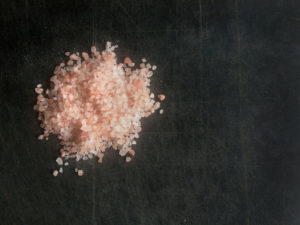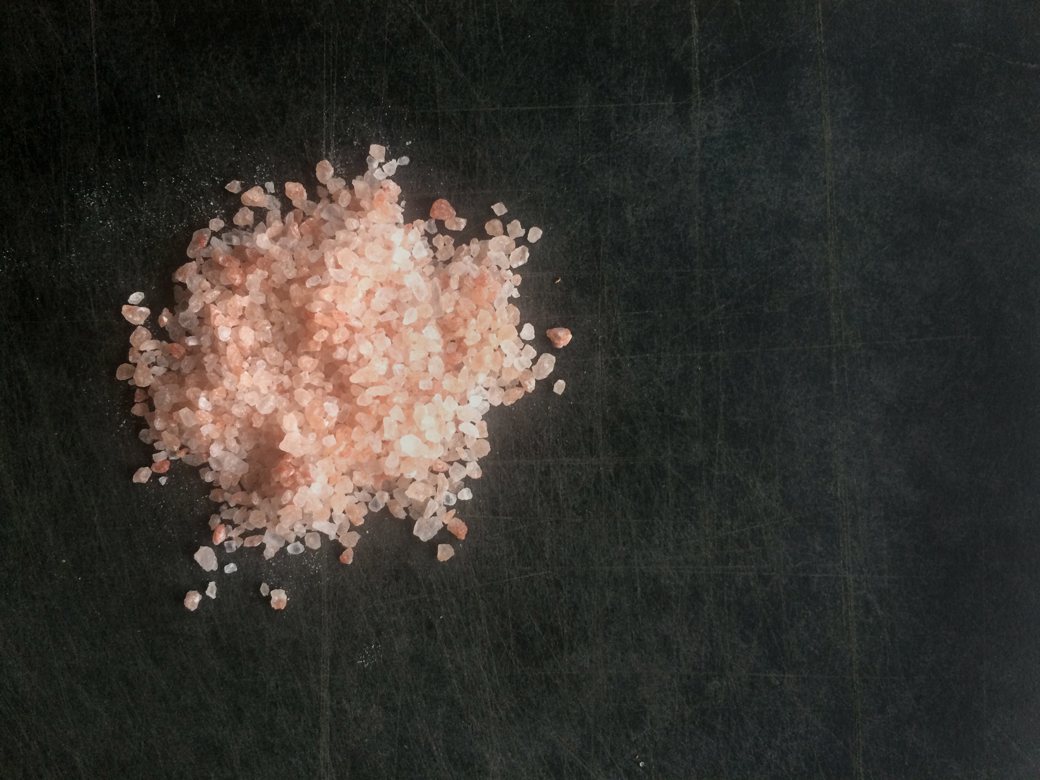
Like many women and girls, I’ve struggled to maintain healthy iron levels throughout my life. Every blood test I’ve taken has flagged a low iron count. I would take supplements and increase my intake of meat in an effort to improve them – but I detested doing both and continued to teeter the line. Until recently.
My most current blood test showed my best iron levels to date – an incredible 10 points higher than they’ve ever been. But I haven’t taken supplements anymore than I ever did, and I eat a relatively vegetarian diet (with seafood once in awhile). What I have done is make small but significant adjustments in the kitchen that have helped me increase my intake of iron without even realizing it. They are:
Switching to cast iron
Cooking in cast iron is great not only because you’re avoiding the chemicals found in non-stick pans, but also because it enriches your food with iron that it absorbs from the pans. This gives you an extra dose of iron that you wouldn’t otherwise get in your meals!
Replacing table salt

Salt is naturally rich in more minerals than just sodium – including iron. Unfortunately, conventional table salt has had its minerals stripped from it. Pink Himalayan sea salt, on the other hand, is still rich in iron (hence, it’s pink colour!). Therefore, by switching to this unrefined sea salt, you are naturally adding more iron into your diet.
Shopping from farmers markets
The fruits and vegetables grown in small farmers’ fields tend to come from more nutritious soils – therefore producing a higher nutrient food! By buying your fresh produce from local farmers, you are increasing your intake of vitamins and minerals – while also lowering your intake of toxins, too.
Soaking legumes
Soak dry legumes (beans, lentils, etc.) in a little bit of apple cider vinegar for several hours before cooking them. This helps to release the phytic acid that binds to minerals (like iron) and inhibits the absorption of them in our bodies. By soaking legumes in an acid like vinegar, they start to break down the phytic acid and become “pre-digested,” making it easier for our digestive tracts to do the rest.
As always, your nutrient intake is only as good as your absorption! Make sure to chew really well to trigger the release of the digestive juices that are essential to absorption, and deal with any digestive issues (acid reflux, food sensitivities, candida, leaky gut, etc.) that can further hinder your absorption of essential nutrients like iron.



